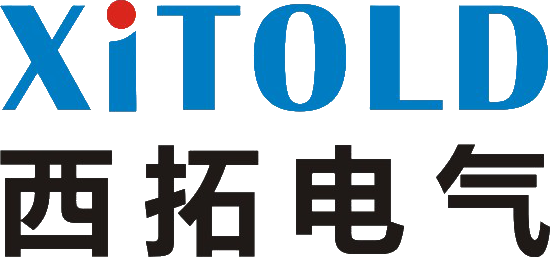A terminal block is an electrical connection device used for connecting, securing, and conducting electricity. It is typically used to connect cables, wires, or other electrical equipment to a device or system. There are many types of terminal blocks, some of which are very common.
Common Types of Terminal Blocks:
Screw Terminals:
Description: A common type of terminal block featuring screws or nuts.
Connection Method: Wires are clamped by tightening the screw or nut, establishing an electrical connection.
Spring Clamp Terminals:
Description: Utilizes a spring mechanism to clamp the wire.
Connection Method: Wires are pushed into the terminal's opening, simplifying the connection process and providing a reliable electrical connection.
Compression Terminals:
Description: Clamps the wire by applying pressure.
Connection Method: The wire is clamped at the connection point, making it suitable for high-current applications.
Plug-in Terminals:
Description: Uses a design where wires or plugs are inserted to make a connection.
Connection Method: Often used in sockets, connectors, and some electronic devices.
Crimp Terminals:
Description: Establishes an electrical connection by crimping the wire or cable.
Connection Method: Commonly used in high-voltage and high-current applications like power systems.
Solder Terminals:
Description: Requires wires to be soldered to make a connection.
Connection Method: Often used where a more secure connection is needed, such as in high-vibration environments.
Selecting Terminal Blocks:
The choice of terminal block depends on specific applications and requirements, such as current load, ease of connection, and reliability. Terminal blocks are widely used in electrical engineering, electronic equipment, and industrial automation fields.






